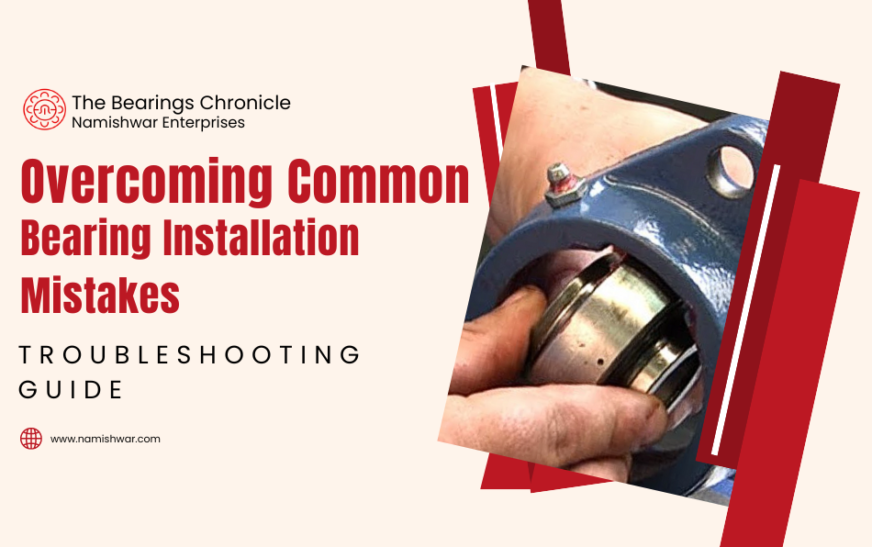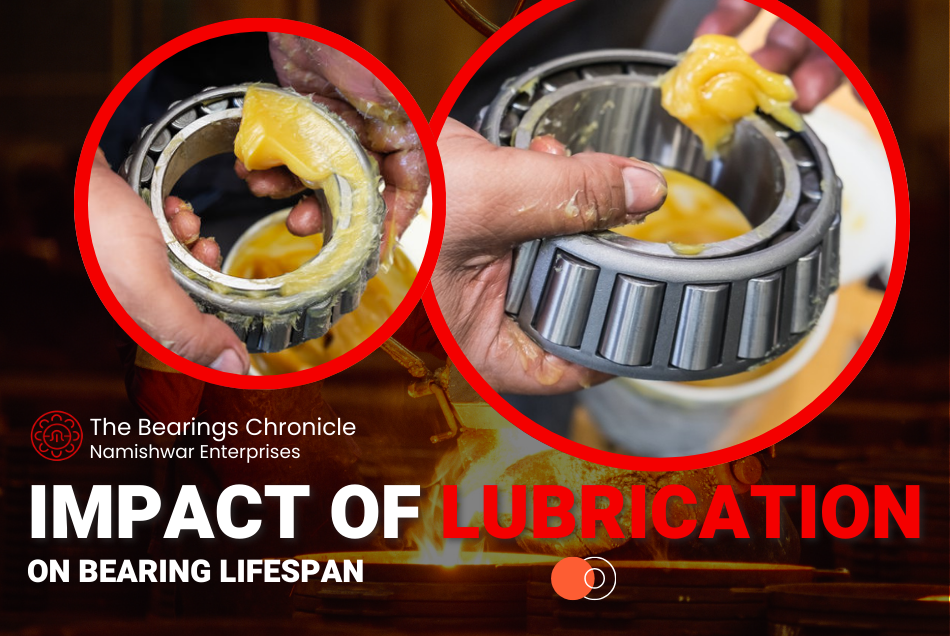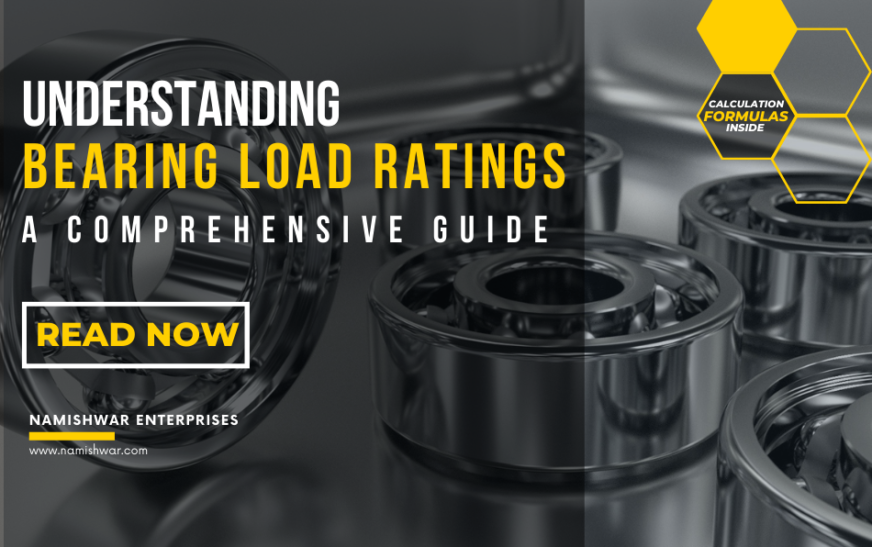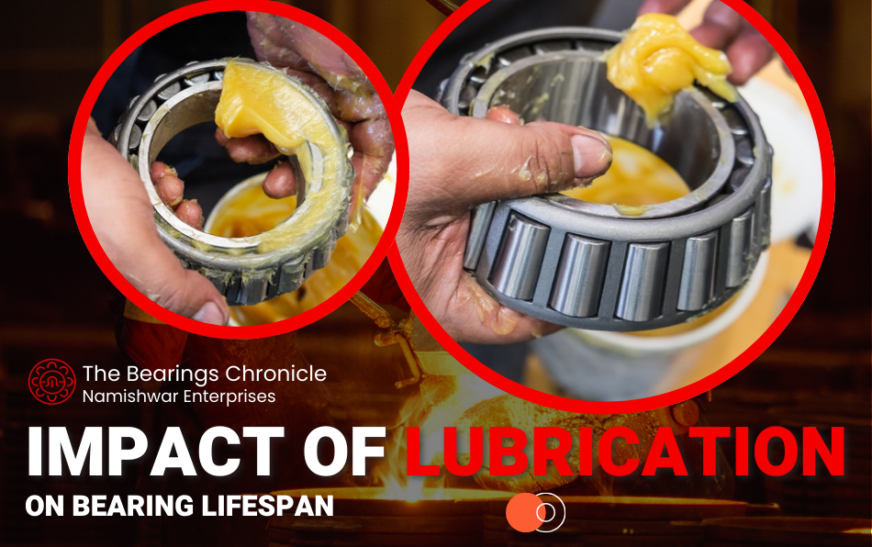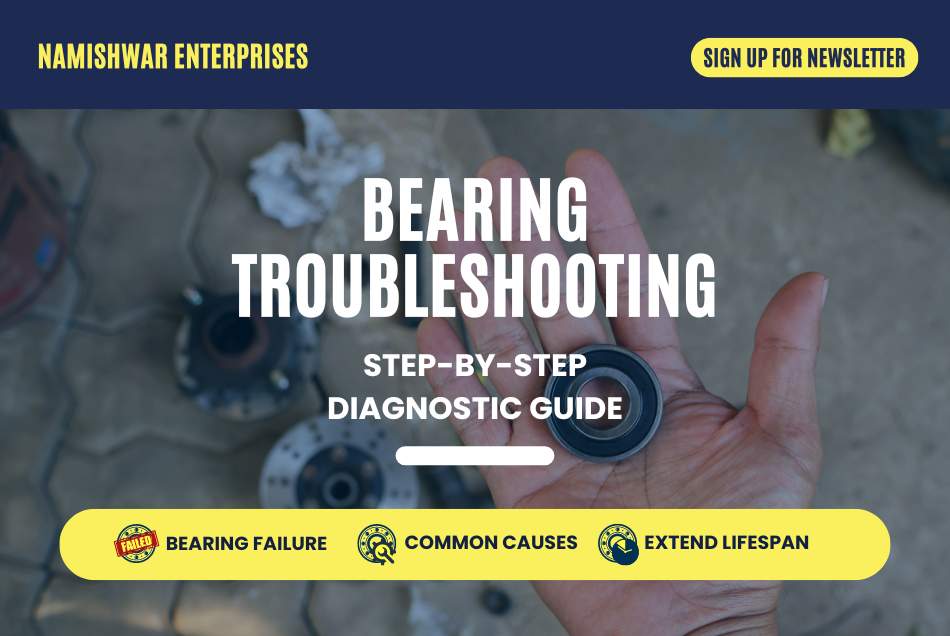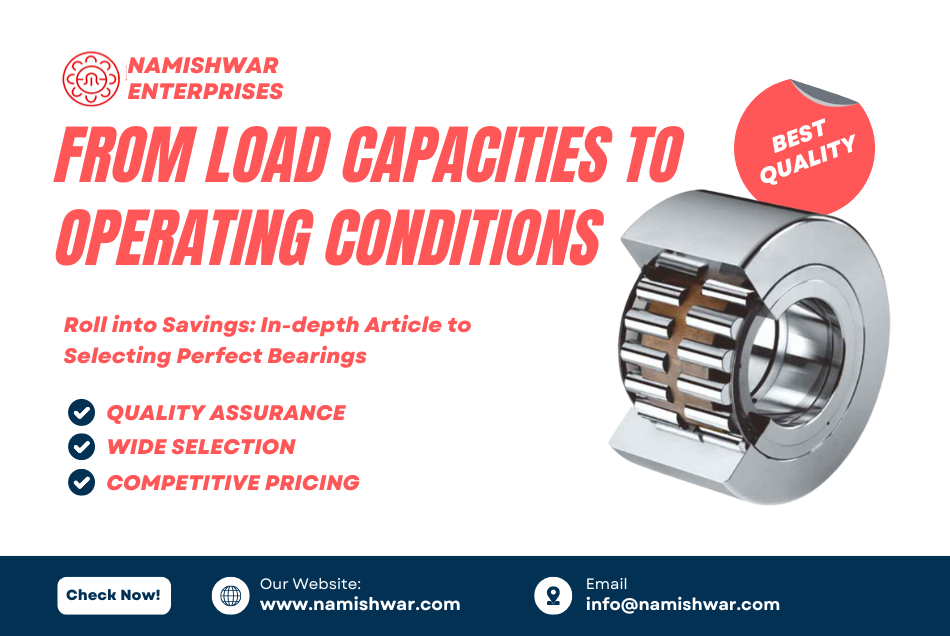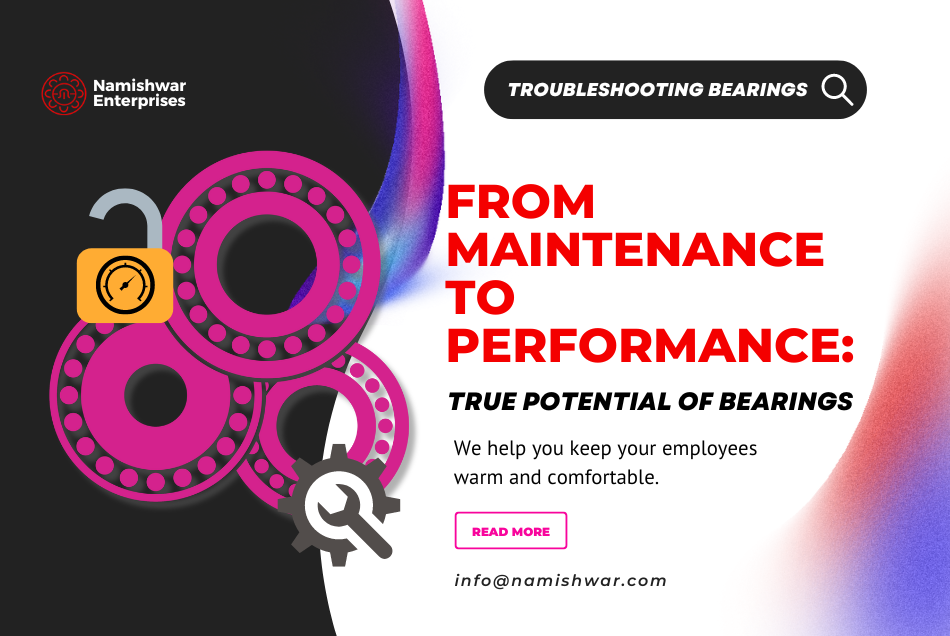Bearings are crucial components in many mechanical systems, and their proper installation is vital for the longevity and efficiency of these systems. However, several common mistakes can occur during installation, leading to premature failure and costly downtime. This article delves into these mistakes and provides detailed guidance on avoiding them, ensuring optimal performance and durability of your bearings.
Common Bearing Installation Mistakes
Proper installation is crucial for the optimal performance and longevity of bearings. However, several common mistakes can significantly impact their effectiveness. Here, we outline these mistakes and provide additional tips to avoid them.
1. Improper Handling of Bearings
Handling bearings with care is paramount, as contaminants such as dirt, dust, and moisture can significantly reduce their lifespan.
- Avoid Touching with Bare Hands: Oils and sweat from hands can lead to corrosion and reduce the bearing’s lifespan.
- Use Clean Tools and Gloves: Always use clean, dry tools and gloves to prevent contamination.
- Store Bearings Properly: Keep bearings in their original packaging until ready for use and store them in a cool, dry place to avoid exposure to contaminants.
- Use Anti-Corrosion Solutions: Apply a thin layer of anti-corrosion oil on the bearing surface if storage conditions are not ideal.
2. Incorrect Mounting Methods
Using the wrong mounting method can damage bearings. Two primary methods are cold mounting and hot mounting.
Cold Mounting
Cold mounting involves fitting the bearing onto the shaft or into the housing without heating it.
- Using Hammers: Never strike bearings directly with a hammer, as it can cause brinelling, leading to premature failure. Instead, use a bearing press or fitting tool.
- Proper Alignment: Ensure the shaft and housing are clean and free of burrs. Use a lubricant to ease the installation and reduce the risk of misalignment.
- Apply Even Pressure: Use a press to apply even pressure when mounting the bearing to avoid damaging the races.
Hot Mounting
Hot mounting involves heating the bearing to expand it before mounting.
- Excessive Heating: Avoid overheating, as it can alter the bearing’s material properties. Use a temperature-controlled heating device, such as an induction heater, and follow the manufacturer’s recommended temperature range.
- Even Heating: Ensure the bearing is heated evenly by rotating it in the heater. Uneven heating can cause warping and affect the bearing’s performance.
- Cooling Control: After mounting, allow the bearing to cool slowly to avoid creating thermal stresses.
3. Inadequate Lubrication
Lubrication is critical for bearing performance. Inadequate lubrication can lead to increased friction, wear, and eventual failure.
- Choosing the Wrong Lubricant: Different applications require specific types of lubricants. Consult the bearing manufacturer’s guidelines to select the appropriate lubricant.
- Over-Lubrication or Under-Lubrication: Both can cause overheating and increased wear. Use a precise grease gun or automatic lubrication system to apply the correct amount.
- Regular Maintenance: Schedule regular lubrication intervals and monitor lubricant condition to ensure it remains effective.
4. Misalignment
Misalignment can cause excessive vibration, noise, and reduced bearing life. Proper alignment with the shaft and housing is crucial.
- Check for Shaft and Housing Alignment: Use precise measuring tools like dial indicators or laser alignment systems to ensure alignment.
- Adjust as Necessary: Make necessary adjustments to achieve proper alignment. Consider using flexible couplings to accommodate slight misalignments.
- Inspect Components: Regularly inspect the shaft and housing for wear and tear that could cause misalignment over time.
5. Overloading
Overloading occurs when the bearing is subjected to loads beyond its design capacity, leading to deformation, increased friction, and early failure.
- Know the Load Limits: Understand the load specifications of your bearings, including both radial and axial limits. Refer to the bearing’s technical datasheet.
- Distribute Loads Evenly: Ensure loads are evenly distributed across the bearing to avoid localized stress. Consider using additional support bearings if necessary.
- Monitor Loads: Use load monitoring equipment to track the forces acting on the bearings during operation.
6. Ignoring Environmental Factors
Bearings are often exposed to various environmental factors that can affect their performance.
- Temperature: Monitor and control operating temperatures. Use heat shields or cooling systems if the environment has extreme temperatures.
- Contaminants: Use seals and shields to protect bearings from dust, dirt, and moisture. Consider using bearings with integrated seals in harsh environments.
- Corrosion Protection: In corrosive environments, choose bearings made from corrosion-resistant materials or apply protective coatings.
By paying attention to these common mistakes and implementing the additional tips provided, you can significantly enhance the performance and lifespan of your bearings, ensuring smooth and efficient operation in various applications.
Best Practices for Bearing Installation
Adhering to best practices during bearing installation can significantly enhance performance, reliability, and longevity. This section covers essential steps, including preparation and planning, inspection and maintenance, and the importance of thorough documentation and records.
Preparation and Planning
Proper planning and preparation are key to preventing common mistakes during bearing installation. The following practices can ensure a smooth and efficient process:
- Clean Environment: Ensure the installation area is clean and free from contaminants such as dust, dirt, and moisture. A clean environment reduces the risk of introducing impurities into the bearing assembly, which can cause premature failure.
- Correct Tools: Use the appropriate tools and equipment for the installation. Specialized tools such as bearing pullers, presses, and induction heaters can help install bearings without causing damage. Avoid using makeshift tools that can compromise the integrity of the bearing.
- Training: Ensure that personnel involved in bearing installation are properly trained in handling and installing bearings. Knowledge of correct techniques, including proper mounting methods and alignment procedures, is crucial for avoiding damage and ensuring optimal performance.
- Pre-Installation Inspection: Before installation, inspect all components, including the bearing, shaft, and housing, for any signs of damage or wear. Address any issues before proceeding with the installation to avoid future complications.
Inspection and Maintenance
Regular inspection and maintenance are vital for maximizing bearing life and ensuring efficient operation. Implementing the following practices can help:
- Routine Inspections: Schedule regular inspections to check for signs of wear, damage, or abnormalities such as noise or vibration. Early detection of issues can prevent catastrophic failures and reduce downtime.
- Scheduled Maintenance: Follow a consistent maintenance schedule based on the bearing manufacturer’s recommendations. This schedule should include regular lubrication, alignment checks, and, if necessary, cleaning or replacement of components. Proper lubrication is essential to reduce friction, wear, and overheating.
- Condition Monitoring: Utilize advanced condition monitoring techniques such as vibration analysis, thermography, and oil analysis. These methods can provide early warnings of potential issues, allowing for proactive maintenance and reducing the risk of unexpected failures.
Documentation and Records
Maintaining detailed records of bearing installations and maintenance activities is crucial for tracking performance, identifying trends, and preventing future issues. The following practices can help ensure comprehensive documentation:
- Installation Records: Document the installation process in detail, including the date, time, personnel involved, tools used, and any challenges encountered. Include information about the bearing type, serial number, and specifications. This data can be valuable for future reference and troubleshooting.
- Maintenance Logs: Keep meticulous logs of all maintenance activities, including routine inspections, lubrication, alignment checks, and any repairs or replacements. Record observations such as unusual noises, temperature variations, or visible signs of wear. Detailed logs can help identify patterns and pinpoint recurring issues.
- Analysis and Review: Regularly review documentation and records to analyze bearing performance and maintenance history. Use this analysis to identify areas for improvement, optimize maintenance schedules, and implement preventive measures. Sharing findings with relevant personnel can improve overall operational practices.
Additional Tips
- Environmental Controls: Consider environmental factors such as temperature, humidity, and exposure to chemicals. Use protective measures like seals, shields, or enclosures to safeguard bearings from harsh conditions.
- Compatibility: Ensure compatibility between the bearing material and the application environment. For example, use stainless steel or ceramic bearings in corrosive environments.
- Safety Precautions: Prioritize safety during installation and maintenance. Use personal protective equipment (PPE) such as gloves, safety glasses, and protective clothing. Ensure that lifting and handling procedures comply with safety standards to prevent accidents and injuries.
By following these best practices, you can optimize bearing performance, minimize downtime, and extend the lifespan of your equipment. Proper planning, regular maintenance, and thorough documentation are essential components of a successful bearing management strategy.
Conclusion
Avoiding common bearing installation mistakes is essential for the reliability and efficiency of mechanical systems. By understanding the types of bearings, handling them properly, using the correct mounting methods, ensuring adequate lubrication, maintaining alignment and considering environmental factors, you can significantly extend the life of your bearings and prevent costly downtime.
By adhering to these best practices and regularly inspecting and maintaining your bearings, you can achieve optimal performance and longevity in your mechanical systems.

